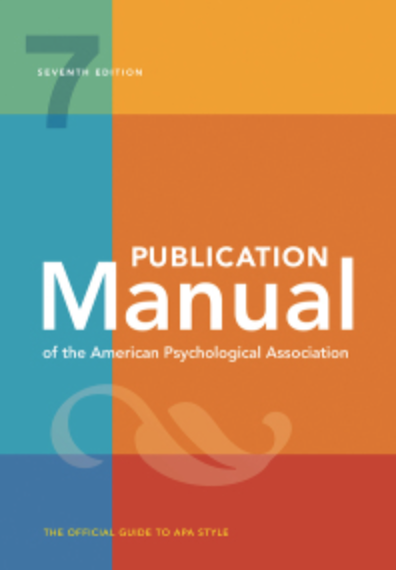You will often use sources for academic writing, and it’s important to know how to responsibly cite and integrate those sources into your own writing. APA format provides guidelines and structures for citing those sources in a way that helps you avoid plagiarism and give proper credit to your sources.
APA stands for the American Psychological Association and is the format designed for use within the field of psychology. However, other disciplines use APA as well, so always use the format your professor chooses.
In addition to the Publication Manual of the American Psychological Association, 7th edition, the APA maintains its own website with multiple examples of how to format your paper and cite your sources. If you’re unable to find the answer to your question here, check the APA Manual 7th edition or the APA website.

Papers constructed according to APA guidelines generally include the following elements:
- Title Page
- Abstract
- Body
- Subsections within the body, with headings
- Tables and Figures
- References
In most cases, each of these elements will begin on a separate page, and it is important to note that not all academic papers will include all of these elements.
For specific types of reports, your subsections may need to be named with headings that reflect the type of report you are writing. For example, in reports on experiments or studies you’ll usually need to follow the IMRAD structure with Introduction, Methods, Results, and Discussion sections. Be sure to check with your instructor to determine what the expectations are for your paper.
The APA style demos in this section will provide you with more information regarding APA basic formatting, in-text citations, and the references list.

